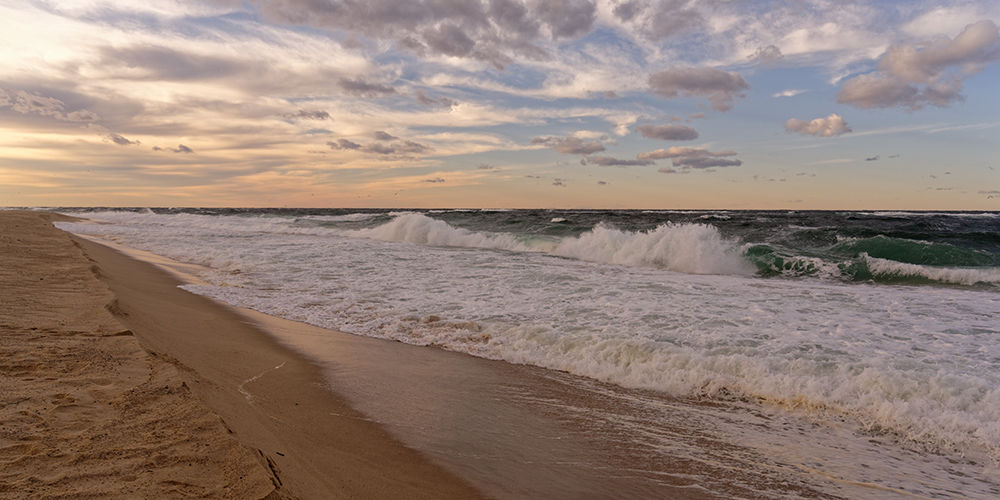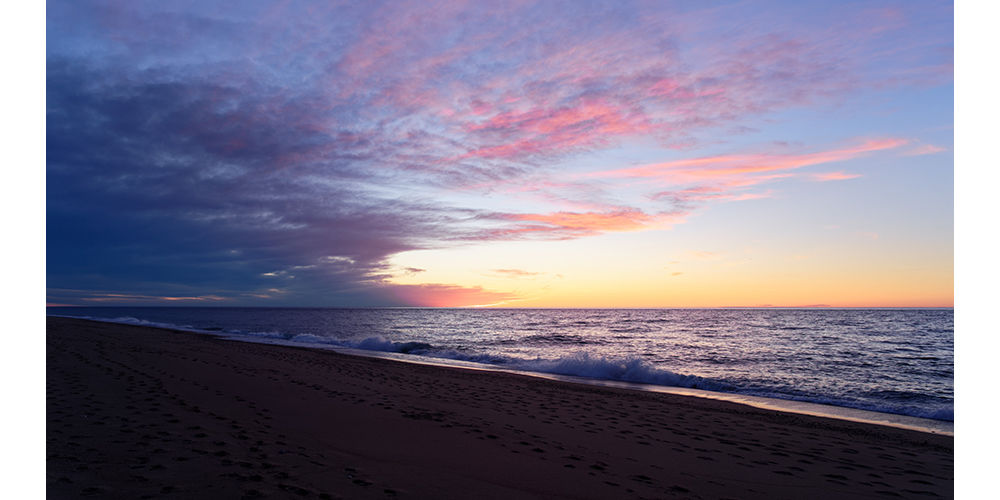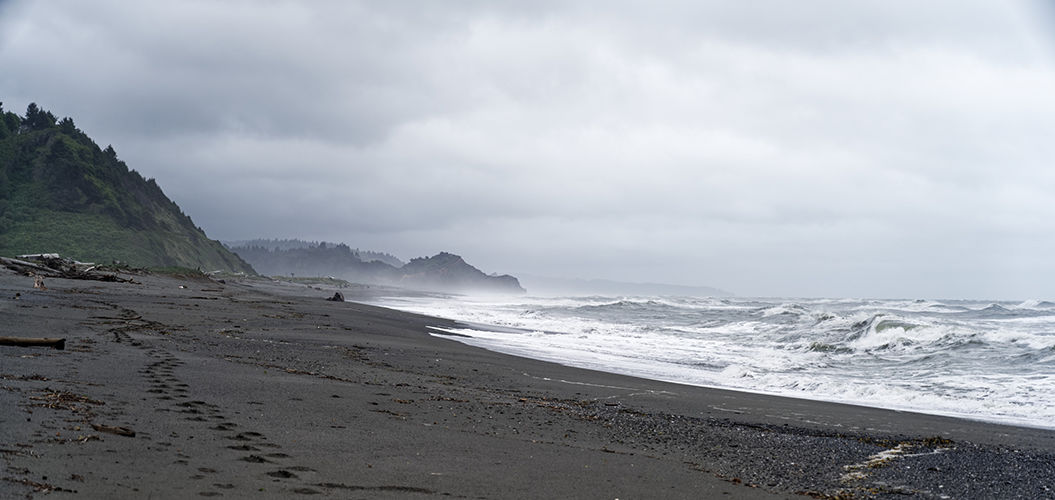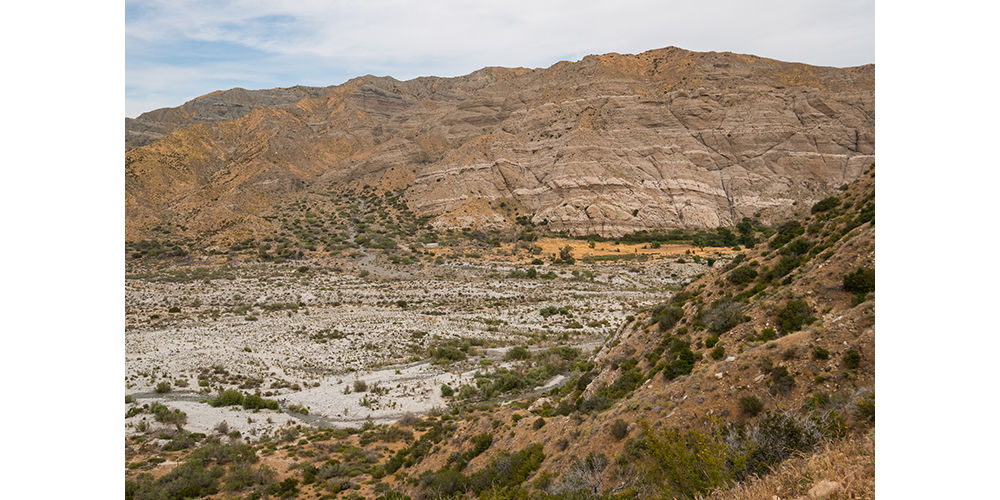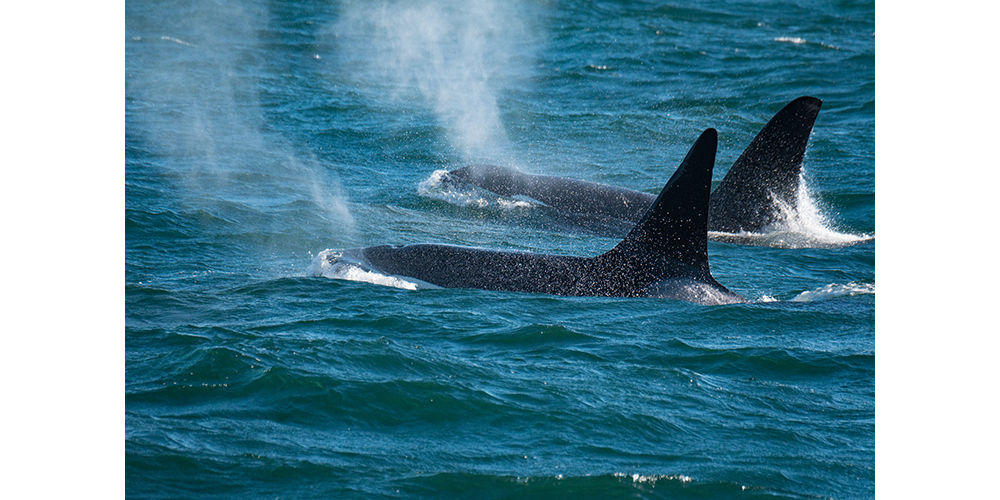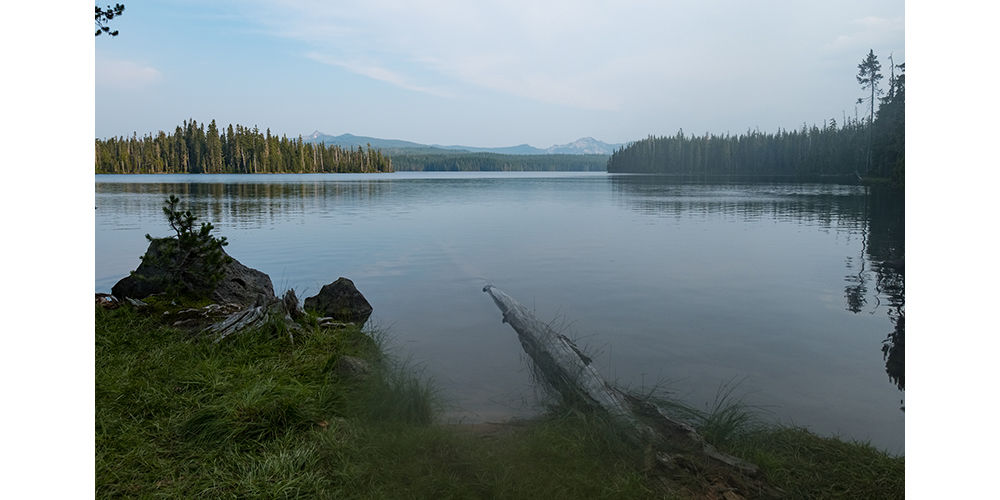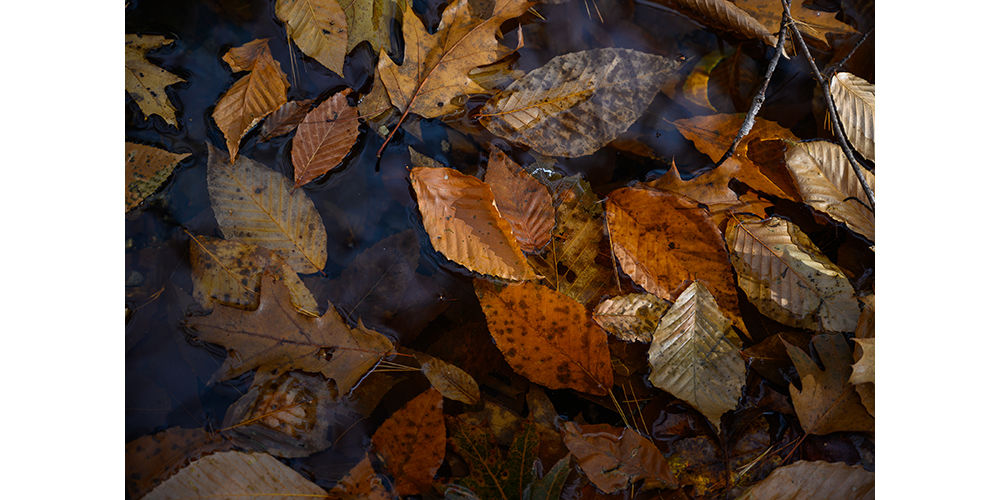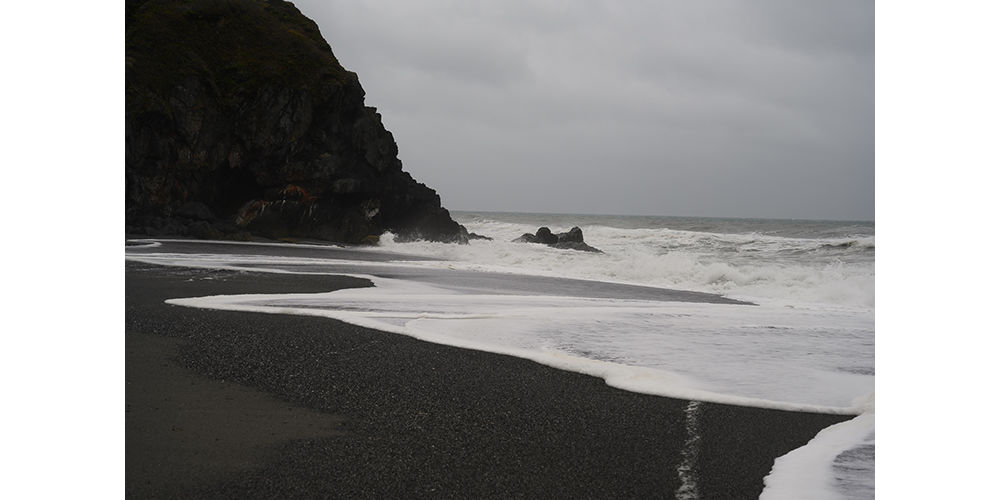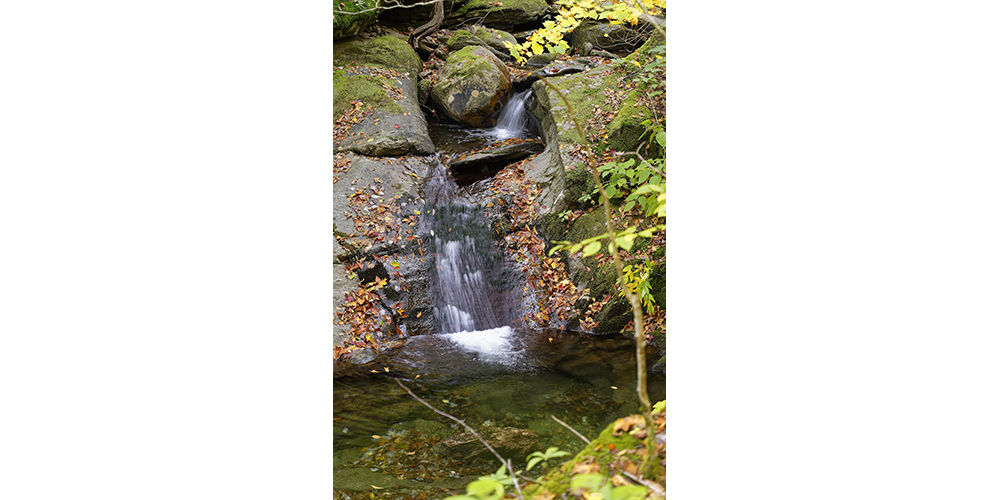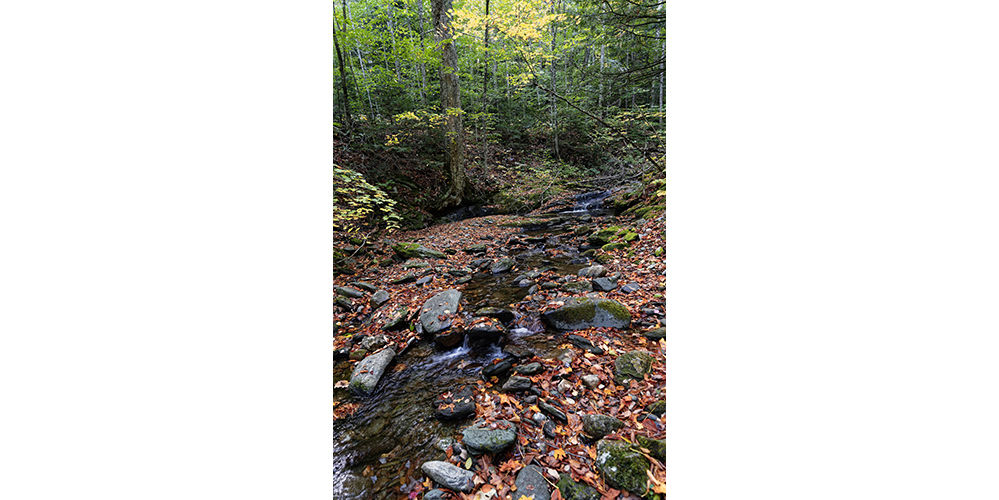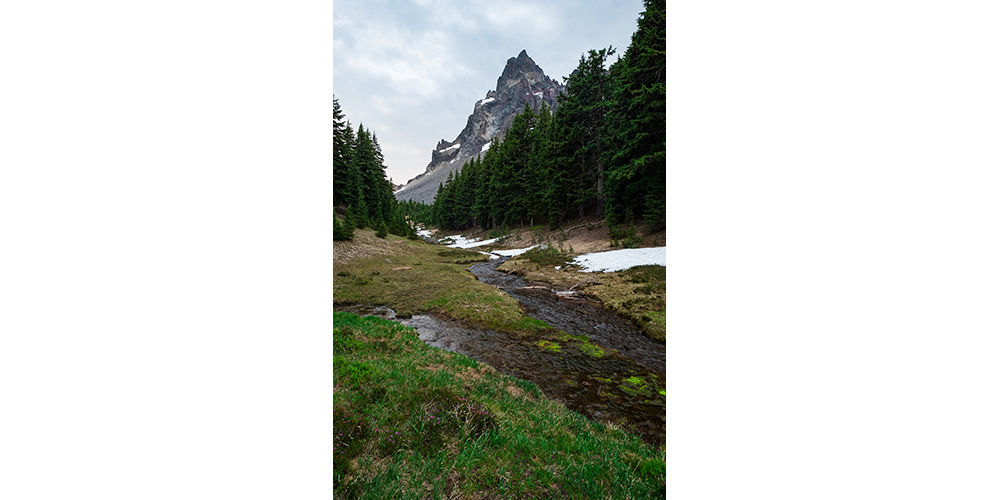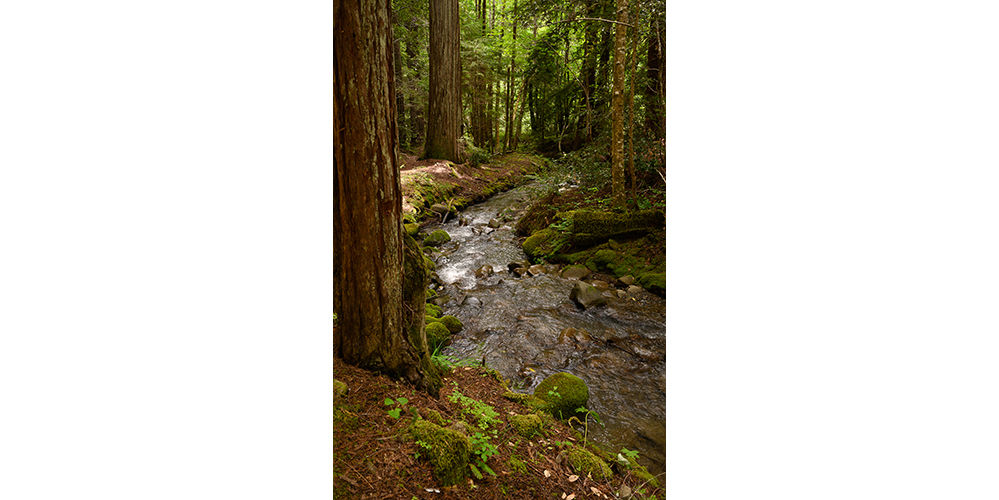ife on Earth comes from water. For the first 90 percent of Earth’s history, all life was aquatic. A human being is about 60 percent water, and the percentage in some critical organs is even higher—our brains average 73 percent water, and our lungs and heart are close to 80 percent water. Human society originated around water holes—the first settlements were by oases, lakes, and rivers. Later, our society developed around water—great civilizations developed by the Tigris and Euphrates, the Nile, the Ganges, the Yangtze, the Mediterranean Sea, the Atlantic, Pacific and Indian Oceans. Even to this day, most of the human population lives by major bodies of water.
In the United States alone, 12 of the 25 largest cities are ports on either an ocean or the Great Lakes, and another three are river ports. Of the remaining ten, four are located in arid Texas, whose settlement patterns are different from other states. Throughout the world, we have settled by water—what would our world be like without Cape Town, London, Shanghai, Valparaiso, Sydney, or Cairo? In the arid West, the few places with water are the places the people have come. Although the Great Salt Lake was probably a disappointment to Brigham Young, the many rivers funneling snowmelt from the Wasatch Mountains make Salt Lake City one of the few places in Utah with adequate water.
With our ties to water, is it any wonder that we love to look at images of it? Water has always been beautiful to most of us. Whether it is a beautiful river, a tranquil pond or the surf on an ocean beach, we find ourselves drawn to water. Many water images are calming, although not all—the sea in a storm is sublime, but far from peaceful. Water sustains us—directly as we drink, and indirectly as we water crops and hunt animals by their watering holes. Water connects us as one of the first ways humans traveled. Water fascinates us—it was almost certainly our first mirror. Water protects us when fire comes to call.
These images are tied together by the theme of water—they are from throughout the United States—from a stream in Vermont and a waterfall in Washington State in the north to a very welcome river in the desert of Southern California. From East to West they stretch from Race Point on the tip of Cape Cod in the Atlantic all the way to the Pacific near Eureka, CA.
I hope that the beauty of water brings healing and tranquility this week. It always helps me to look at any body of water when I need a rest—and I hope these images can bring some of that to you.
All photographs were taken by Dan "Shutterbug" Wells, permission granted for use in the "Beauty in a Broken World" healing U of U Health collaborative.
Terry Tempest Williams is a Utah native, writer, naturalist, activist, educator—and patient. In this free-flowing piece, Terry wonders what belongs to this moment in all its fullness and sorrow.
Terry Tempest Williams is a writer, naturalist, activist, educator—and patient. In this third “Dispatch from the Desert,” Terry examines what natural disasters leave in their wake, both in the earth and in our memory.
Mark your calendars for February 1, 2024! The Resiliency Center and the Center for Health Ethics, Arts, and Humanities are gearing up for the sixth Healthcare Stories event at Kingsbury Hall. This year's captivating theme, "Promise," invites healthcare professionals, patients, and community members to explore futures imagined, unexpected journeys, and transformative relationships.
